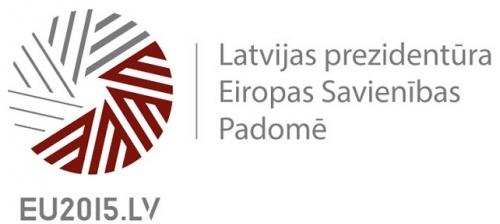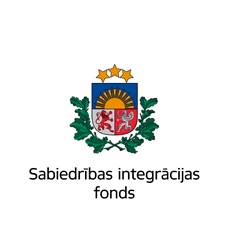 What was the problem?
What was the problem?
Over 930,000 ha of peatlands in Germany have been drained to increase the area available for agricultural production. The area that peatlands once occupied has been transformed from a carbon sink into a carbon source – emitting around 20 million tCO2-equivalents every year. Furthermore, the release of nutrients and pollutants from drained peatlands decreases water quality and causes eutrophication of rivers and lakes.
What was done to solve it and what was the role of policy makers?
In 2000, the Ministry of Agriculture, the Environment and Consumer Protection of the state of Mecklenburg-Vorpommern formulated a peatlands restoration strategy (MLUV MV 2009), mainly financed through the state and the EU. The ministry also commissioned a study to assess alternative land use options for peatlands, taking into account ecosystem services of intact and undrained peatlands and focusing particularly on the potential for biomass production and carbon sequestration.
What has been achieved?
Between 2000 and 2008 an area of 29,764 ha (equivalent to about 10% of the area of drained peatlands in Mecklenburg-Vorpommern), has been restored. This means that emissions of about 300,000 tCO2-equivalents every year are avoided.
The process of revitalizing peatlands requires considerable initial investment. In Mecklenburg-Vorpommern, the initial cost of restoration ranges between 3000 - 5000 € per hectare in cases where land is purchased from farmers. This price is steep but the initial investment occurs only once – while the emissions are avoided annually.
Alternative land uses on restored peatlands can generate income as well as avoid carbon emissions, thereby lowering opportunity costs. Alternative land uses include extensive grazing, the production of reed or sphagnum mosses and the growth of alder forests. These so-called “paludicultures” allow for the production of commodities while maintaining the functions and services of peatlands. Sphagnum mosses can be used as substrate in horticulture, reed can be used as building material and for biofuel production, and wood from alder forests can be used for the production of high quality furniture.
Information prepared within the project "Non-governmental sector participation in the international conference" EU Biodiversity strategy implementation "" financed by Latvian national budget-funded program "Support for public participation in the Latvian Presidency of the Council of the European Union implementation" and administered by the Society Integration Foundation.

